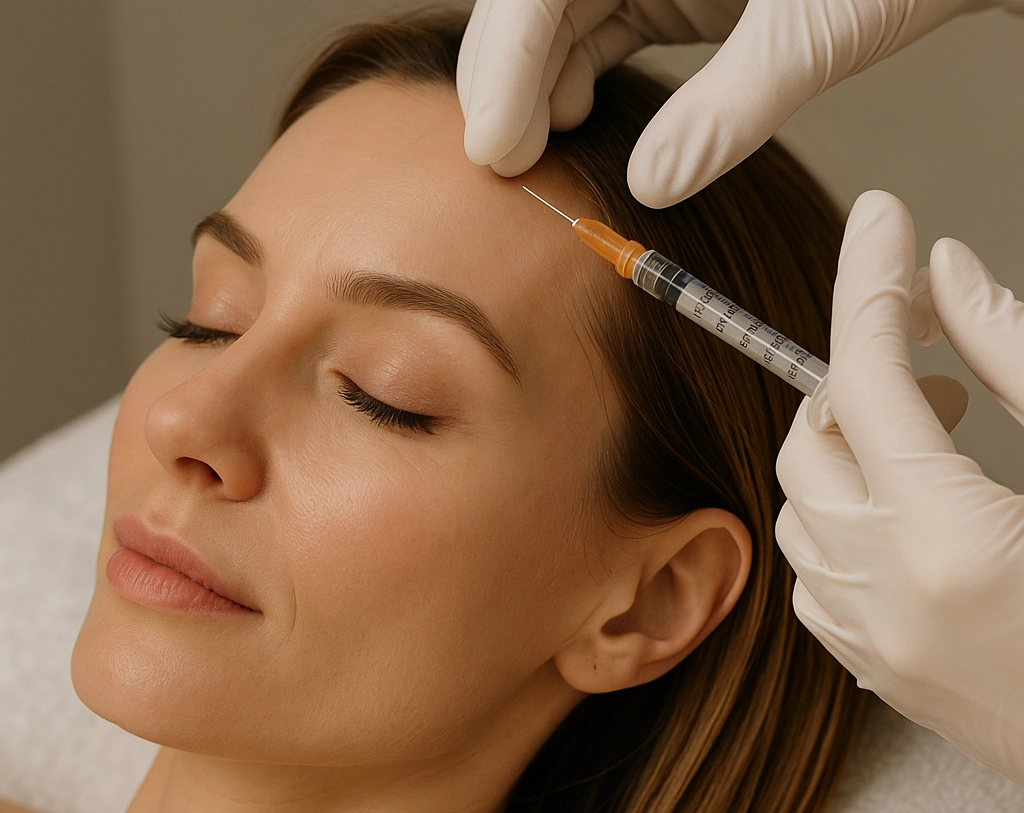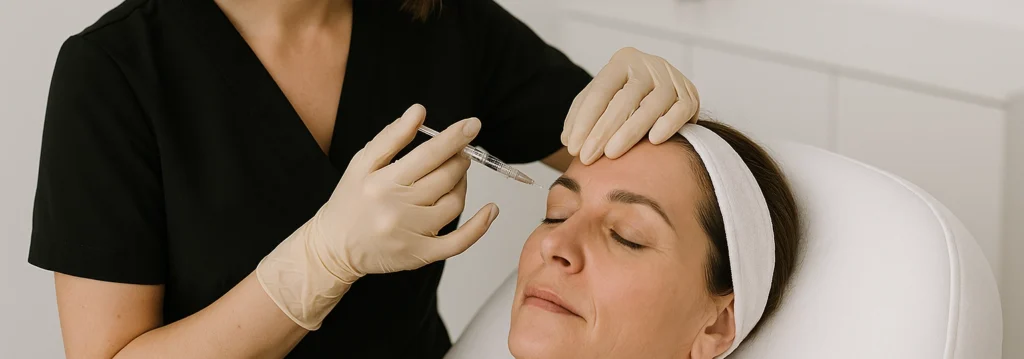This is a question I hear often in clinic. Patients ask, “Valentina, can Botox stop working over time?” The short answer is yes, but it is very rare. Studies suggest fewer than 2% of patients develop true Botox resistance.
Let’s explore what that means, why it happens, and what you can do if results are not the same as before.

What is Botox resistance?
Botulinum toxin relaxes small muscles that cause expression lines. For most people, it works seamlessly for years. In rare cases, the body creates antibodies against the toxin. These antibodies block the treatment before it can act. When this happens, results may feel weaker or not last as long.
Do all brands carry the same risk?
Not all brands are identical. Each contains botulinum toxin but is manufactured in a slightly different way.
Botox by Allergan
The original and most recognised brand worldwide. It is very effective but contains extra proteins, which may slightly increase the chance of resistance.
Azzalure and Alluzience by Galderma
These brands work in a similar way to Botox and also contain proteins. The risk of resistance is similar.
Bocouture by Merz
The cleanest version on the market. Bocouture is free from complexing proteins, which makes it the least likely to trigger antibodies and the preferred option if resistance is suspected.
All these brands are licensed for use in the UK and available at The Beauty Script.
Why overdoing Botox causes problems
Resistance is not the only concern. Too much Botox, too often, can weaken muscle health. Overdosing may thin the muscle fibres. Constant paralysis can reduce blood flow and oxygen supply, leaving muscles weaker over time.
This is why the “frozen look” is not only unnatural but also unhealthy for the muscles.
At The Beauty Script, I focus on balance. The aim is smooth, fresh results while protecting natural movement and long-term muscle strength.

Signs of Botox resistance
Not every weaker result is true resistance. Other factors can play a role:
- Strong facial muscles.
- Stress or lack of sleep.
- Faster metabolism at certain stages of life.
- Variation in dose or injection technique.
True resistance shows up as consistent weak results across several sessions. If one treatment seems to fade quicker than usual, it may simply be a temporary factor.
How to lower the risk of resistance
- Leave at least 3–4 months between sessions.
- Skip unnecessary top-ups.
- Use the lowest effective dose.
- Take a short break if resistance is suspected. Even 6 months without Botox will not cause sudden deep wrinkles.
- Switch brands like Bocouture if needed.
During breaks, supportive treatments such as skin boosters, advanced facials, or dermal fillers can help maintain results.
What if Botox stops working completely?
If Botox no longer works, options exist. The first step is switching to Bocouture. Most patients respond well. In very rare cases, results remain weak.
If that happens, alternative treatments can help — from dermal fillers for volume and support, to collagen-stimulating facials or skin-tightening devices.
In the future, new neuromodulators may become available in the UK, giving patients even more choice.
Final Thoughts
Botox resistance is real but rare. It usually develops due to antibodies or repeated high doses. The good news is that there are ways to manage it — from adjusting your dose to switching to Bocouture or exploring supportive treatments.
At The Beauty Script, my focus is always the same: natural results, healthy muscles, and long-term satisfaction. With the right plan, you can enjoy safe and effective Botox for years to come.
Valentina Pakhrudinova, Founder of The Beauty Script


